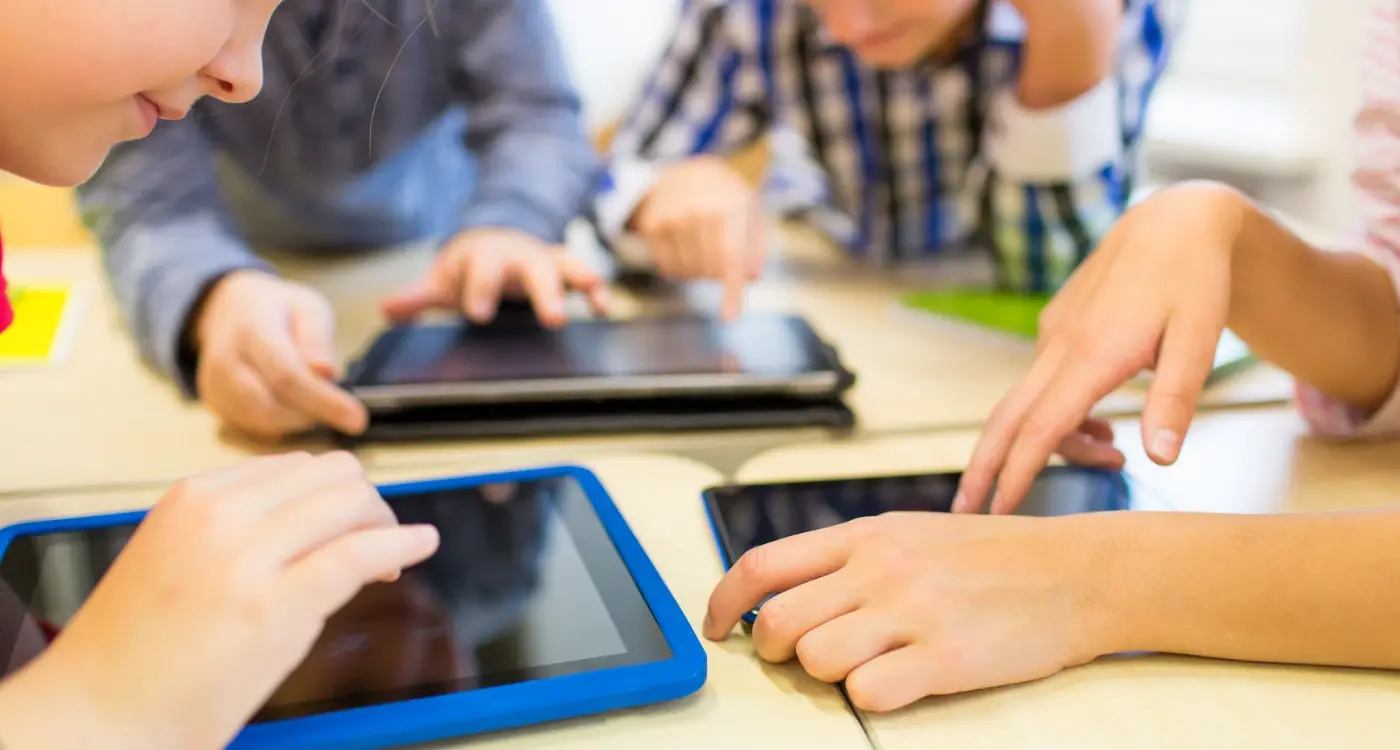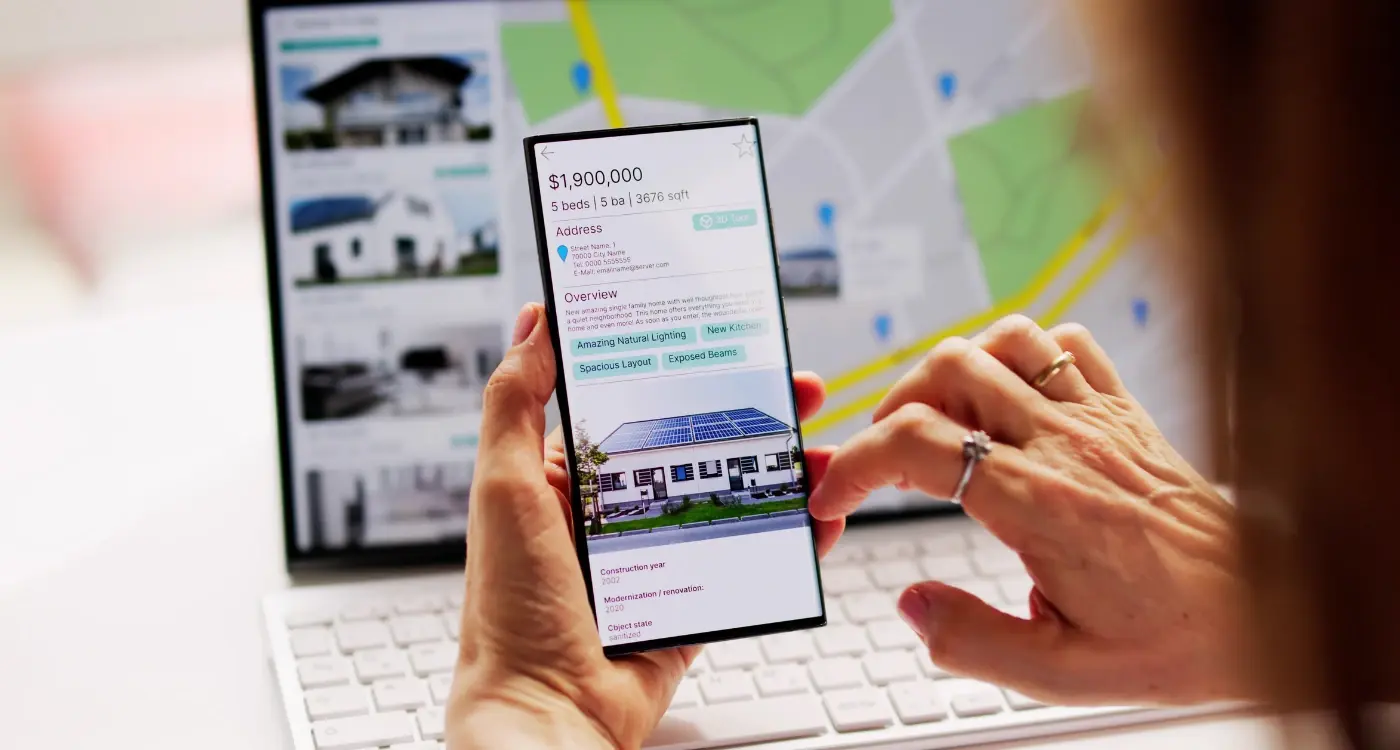What Are The Best Onboarding Practices For Different Types Of Apps?
Studies show that 25% of mobile app users abandon an app after just one use. That's a quarter of your potential audience walking away before they've even given your app a proper chance. The culprit? Poor onboarding experiences that confuse, overwhelm, or simply bore users to death.
Having worked with countless mobile app projects across different industries, I've seen firsthand how the right onboarding approach can make or break an app's success. It's not just about pretty screens or clever animations—it's about understanding what your users actually need to get started and delivering that in the simplest way possible.
Great onboarding doesn't feel like onboarding at all; it feels like the natural first step of using your app
The truth is, there's no one-size-fits-all solution for app onboarding. A gaming app needs to get users playing within seconds, whilst a productivity app might need to invest more time in setup to deliver long-term value. Each app type faces unique challenges in UX design, and understanding these differences is what separates successful apps from the ones that get deleted before lunch. Throughout this guide, we'll explore proven onboarding strategies tailored to different app types, helping you create those crucial first moments that turn downloads into devoted users.
Understanding Different App Types and Their Users
When I'm working with clients on their onboarding strategy, the first thing I tell them is this: not all apps are created equal. The way someone interacts with a gaming app is completely different from how they'd use a banking app or a fitness tracker. Each type of app serves a different purpose in people's lives, which means each one needs its own approach to getting users started.
Think about it—when you download a game, you want to jump straight in and start playing. But when you're setting up a productivity app, you might need more guidance and explanation about how the features work. The context matters, and so does the user's mindset when they first open your app.
Different Apps, Different Expectations
Over the years, I've noticed that users have very specific expectations depending on what type of app they're using. Gaming apps need to be instant and exciting; social media apps should feel welcoming and help you connect quickly; e-commerce apps must build trust whilst making purchasing easy. Getting this wrong can kill your conversion rates before users even see your main features.
The key categories we'll explore in this guide each have their own unique challenges, and understanding the different types of mobile app is crucial for success:
- Gaming apps need immediate engagement without overwhelming tutorials
- Social media apps must balance privacy concerns with connection-building
- E-commerce apps require trust-building and streamlined purchasing
- Productivity apps need to demonstrate value quickly
- Educational apps must avoid information overload
- Health and fitness apps should motivate without intimidating
Understanding these differences isn't just helpful—it's what separates successful apps from the ones that get deleted after the first use.
Gaming Apps: Making the First Play Count
Gaming is one of the trickiest mobile app categories to get right—players can delete your game within seconds if they're not hooked immediately. I've worked on plenty of gaming projects over the years, and the difference between success and failure often comes down to those first few moments of gameplay.
The biggest mistake I see developers make is overwhelming new players with complex tutorials or forcing them to sit through lengthy story sequences before they can actually play. Players download games to have fun, not to read instruction manuals! Your onboarding should get users playing within 10-15 seconds maximum.
Show, Don't Tell
The best gaming apps use progressive disclosure—they teach players one mechanic at a time through actual gameplay rather than static screens. Let players make mistakes; it's often more memorable than perfect tutorials. You want to create those "aha!" moments where everything clicks naturally.
Start with your game's core mechanic immediately. If it's a puzzle game, show a simple puzzle. If it's action-based, let players jump straight into easy combat. Tutorial text should be minimal and contextual.
Key Elements for Gaming App Onboarding
- Immediate gameplay within 15 seconds
- Progressive difficulty that builds confidence
- Visual cues instead of text-heavy instructions
- Quick wins to trigger dopamine responses
- Optional account creation after the player is engaged
- Clear progress indicators to show advancement
Remember, your UX design should make players feel clever, not confused. A well-designed gaming mobile app onboarding experience will have players coming back for more, and can even support your app store optimization strategies by improving retention rates.
Social Media Apps: Building Connections from Day One
Social media apps face a unique challenge—they're only as good as the connections they facilitate. I've worked on several social platforms over the years, and the biggest mistake I see is treating onboarding like a form-filling exercise. People don't download social apps to complete profiles; they want to connect with others straight away.
The best social media onboarding gets users to their first meaningful interaction within minutes. This means showing them relevant content or people before they've even finished setting up their account. Instagram does this brilliantly by suggesting accounts to follow based on phone contacts, whilst TikTok starts serving personalised content almost immediately.
Key Onboarding Elements for Social Apps
- Quick account creation using existing social logins
- Smart friend/contact suggestions from multiple sources
- Immediate content discovery without lengthy preference surveys
- Simple privacy controls explained in plain language
- Clear posting prompts to encourage first content creation
Privacy concerns are massive for social apps, so addressing these upfront builds trust. Don't hide your data usage policies—explain them clearly and give users control over their information from day one. This approach also helps when you need to handle negative comments about your app on social media.
Getting Users to Their First Post
The magic moment for social apps is when users create their first piece of content or make their first connection. Design your onboarding to guide users towards this moment naturally, not through aggressive prompts that feel pushy.
E-commerce Apps: From Browser to Buyer
Shopping apps are tricky beasts—and I say that having worked on dozens of them over the years. Unlike social media apps where users might browse aimlessly, people download shopping apps with a clear purpose: they want to buy something. The onboarding process needs to respect this urgency whilst still collecting the information you need to personalise their experience.
The biggest mistake I see e-commerce apps make is forcing users through lengthy registration processes before they can even browse products. Let them explore first! Allow guest checkout options and save the account creation for after they've made their first purchase. At that point, they're already invested in your mobile app and more likely to complete the process.
Show Value Immediately
Your app types matter here—marketplace apps need different UX design approaches than single-brand retailers. For marketplace apps, show popular categories and trending items straight away. Single-brand apps can focus on showcasing their best products or current promotions. The key is making users feel like they're already shopping, not learning how to shop.
The best e-commerce onboarding feels like walking into a well-organised shop where everything you want is within arm's reach
Don't forget about the basics either—make sure your search function is prominently displayed and that navigation between categories feels natural. Users should never feel lost or confused about how to find what they're looking for.
Productivity Apps: Getting Users Organised Quickly
Productivity apps face a unique challenge—users download them because they're already feeling overwhelmed or disorganised. These people need help right now, not in a week's time after they've figured out your complicated system. The onboarding process needs to deliver immediate value whilst being simple enough that stressed users won't abandon it halfway through.
The most successful productivity apps I've worked on get users to complete one meaningful task during onboarding. This could be adding their first to-do item, setting up a simple calendar event, or organising one folder of documents. The key is making users feel productive within the first two minutes of using your app.
Quick Setup Strategies
Smart productivity apps use progressive disclosure—they show users the most basic features first and gradually introduce advanced functionality. Nobody wants to learn about advanced project management features when they just need to jot down a shopping list. Start with the fundamentals and build from there.
Common Onboarding Elements
- Quick account setup using existing email or social accounts
- Simple task creation tutorial with real examples
- Basic notification preferences (not overwhelming settings)
- One-click import from existing tools or calendars
- Clear navigation between core features
- Optional advanced features tour for interested users
Remember that productivity app users are often switching from another tool or method. Make the transition as smooth as possible by offering import options and showing how your app improves their current workflow. This approach aligns with what mobile app development for business productivity principles suggest works best.
Educational Apps: Learning Without Overwhelming
Educational apps face a unique challenge during onboarding—they need to prove their value quickly whilst avoiding the dreaded "this feels like homework" reaction. I've worked on several learning apps over the years, and the most successful ones don't throw users into complex lessons straight away. Instead, they focus on making learning feel achievable and rewarding from the very first interaction.
The key is progressive disclosure. Start with bite-sized content that users can complete in under two minutes; this builds confidence and creates early wins. Language learning apps do this brilliantly by beginning with simple vocabulary matching rather than complex grammar rules. Users experience success immediately, which motivates them to continue.
Creating Learning Pathways
Your onboarding should establish clear learning goals and show users exactly how they'll achieve them. Most people abandon educational apps because they feel lost or overwhelmed by too many options.
- Set up personalised learning paths based on skill level
- Show progress indicators from day one
- Include quick skill assessments to customise the experience
- Offer flexible scheduling options to fit different lifestyles
Gamification That Actually Works
Gamification elements like points, badges, and streaks can boost engagement, but they need to feel meaningful rather than superficial. The best educational apps tie rewards directly to learning milestones—not just app usage. This creates genuine motivation to progress through content rather than mindlessly tapping through screens.
Include a "learning style" assessment during onboarding to customise content delivery. Visual learners might prefer infographics whilst auditory learners benefit from podcasts or narrated lessons. This also helps when creating app tutorial content that people actually want to watch.
Health and Fitness Apps: Motivating Users to Start Their Journey
Health and fitness apps face a unique challenge—most people download them with good intentions but struggle to stick with them. I've worked on several fitness apps over the years, and the pattern is always the same: massive downloads in January, then crickets by March. The secret isn't just getting people to download your app; it's helping them build habits that last.
The biggest mistake I see is overwhelming new users with too many features at once. Someone who hasn't exercised in months doesn't need access to advanced workout plans and nutrition tracking on day one. They need encouragement and simple wins. Start with basic goal setting—maybe just asking them to walk for 10 minutes or drink more water. Small victories build confidence, and confidence builds momentum.
Building Trust Through Personalisation
Your onboarding needs to feel personal without being intrusive. Ask about their current fitness level, but don't make them feel judged. Frame questions positively: "What activities do you enjoy?" rather than "How unfit are you?" This approach helps users feel supported rather than criticised.
Making Progress Visible
People need to see progress quickly, even if it's small. This is particularly important when considering how mobile apps are changing education and behavioural learning. Here's what works well in fitness app onboarding:
- Set achievable first-day goals that guarantee success
- Show progress visually with simple charts or badges
- Send encouraging notifications (but not too many!)
- Celebrate completions with positive reinforcement
The key is making users feel capable from the start. Once they believe they can succeed, they're much more likely to continue using your app long-term.
Conclusion
After years of building mobile apps for all kinds of clients—from scrappy startups to massive brands—I've learned that onboarding isn't just about showing people around your app. It's about making them care enough to stick around. And that's true whether you're building a gaming app, a social media platform, or an e-commerce store.
Each app type has its own quirks and challenges when it comes to getting users started. Gaming apps need to hook players immediately with fun gameplay, whilst productivity apps should get people organised without overwhelming them. Social media apps work best when they help users connect quickly, and e-commerce apps need to build trust from the very first screen.
But here's what I've noticed across all these different app types: the best onboarding experiences feel natural and helpful, not forced or complicated. They solve real problems for real people. They respect users' time and don't try to cram everything into those first few minutes.
The most successful apps I've worked on all share one thing—they understand exactly who they're building for and what those people actually need. Good UX design isn't about following every trend or copying what other apps do; it's about creating something that makes sense for your specific users and your specific app type.
Share this
Subscribe To Our Learning Centre
You May Also Like
These Related Guides

How Do I Make My Education App Accessible for Children With Learning Difficulties?

How Do I Ensure My App Matches Our Brand?



